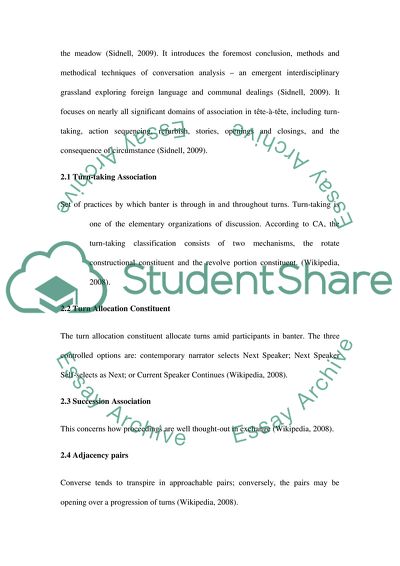Cite this document
(Conversation Analysis Case Study Example | Topics and Well Written Essays - 3750 words, n.d.)
Conversation Analysis Case Study Example | Topics and Well Written Essays - 3750 words. https://studentshare.org/psychology/1731184-analysing-the-data
Conversation Analysis Case Study Example | Topics and Well Written Essays - 3750 words. https://studentshare.org/psychology/1731184-analysing-the-data
(Conversation Analysis Case Study Example | Topics and Well Written Essays - 3750 Words)
Conversation Analysis Case Study Example | Topics and Well Written Essays - 3750 Words. https://studentshare.org/psychology/1731184-analysing-the-data.
Conversation Analysis Case Study Example | Topics and Well Written Essays - 3750 Words. https://studentshare.org/psychology/1731184-analysing-the-data.
“Conversation Analysis Case Study Example | Topics and Well Written Essays - 3750 Words”. https://studentshare.org/psychology/1731184-analysing-the-data.


